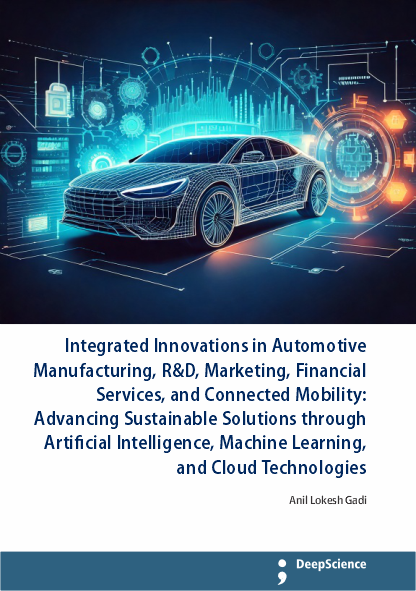Mobility solutions transforming transportation through integrated automotive platforms
Synopsis
Transportation has been the subject of research for decades. In the past, transportation means like cars or trains required more investigation, but they were studied on their own. With the spread of the Internet and mobility devices, such as the iPhone, iPad, and Android phones, the perception of products changed and expanded. Cars, which had only previously been mechanical, have begun to take on a multimedia dimension. Car consumers witness the exponential growth of their own cars. Their cars are becoming over-the-air upgradable, with cameras, displays, mobile phones, and mobile uses being integrated into the car. Communicating between devices has been made easier using middleware such as the Object Management Group (OMG) Data Distribution Service (DDS).
However, every multi-domain product consists of several independently built products. To keep the qualities of the product at a certain level, it is paramount that interfaces are clear and monitoring is supporting goodwill between the product domains. It follows that various sensors produce signals and insights, which need to be correlated and fused. In other words, the right monitor must be built. It should be understood at which level fusion must occur. In numerous cases, the levels of system abstraction differ dramatically to the point where there are collisions. The cognitive domain needs higher latency compared to the detection of rapid events. With the rise of connected and self-driving cars, the automotive industry is bound to follow the IT world trend of offering more mobility services to consumers.
The goal of the paper is to reflect on building blocks for platforms to facilitate mobility services and the relationship with the current automotive situation. Platform domains shall be differentiated using their interfaces and from the systems of systems viewpoint. It follows that platform design, monitoring, robustness, and trust are needed to be considered.
Smart mobility solutions are rapidly emerging to address challenges in urban mobility and congestion (Oxyzo et al., 2024; Automotive Research News 2024; Microsoft 2025). However, some challenges are also notable in this area. There is growing concern that the lack of mobility data sharing and the absence of globally accepted data sharing protocols will cause new cities to underutilize their mobility resources. Un-consolidated information also leads to the underutilization of mobility services. Furthermore, the lack of trust in mobility data sharing is also an issue. New mobility services call for big changes in the status quo, and these new services must be tightly integrated with evolution architecture to manage the inevitable complexities of city-wide implementations and provide a highly improved user experience while ensuring clear and stable business cases of the new services.












